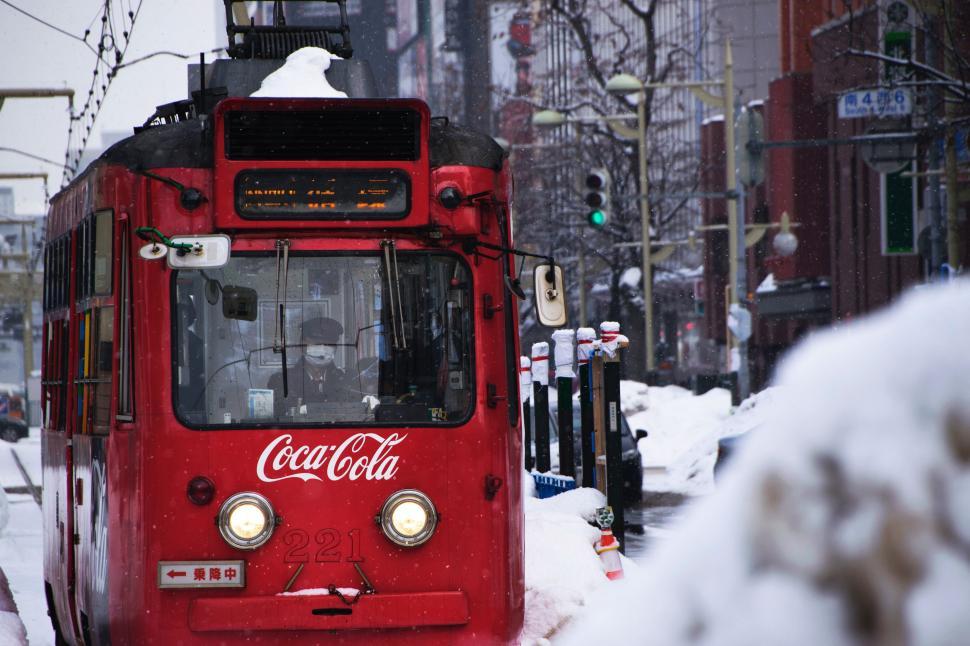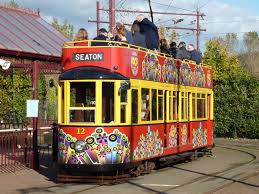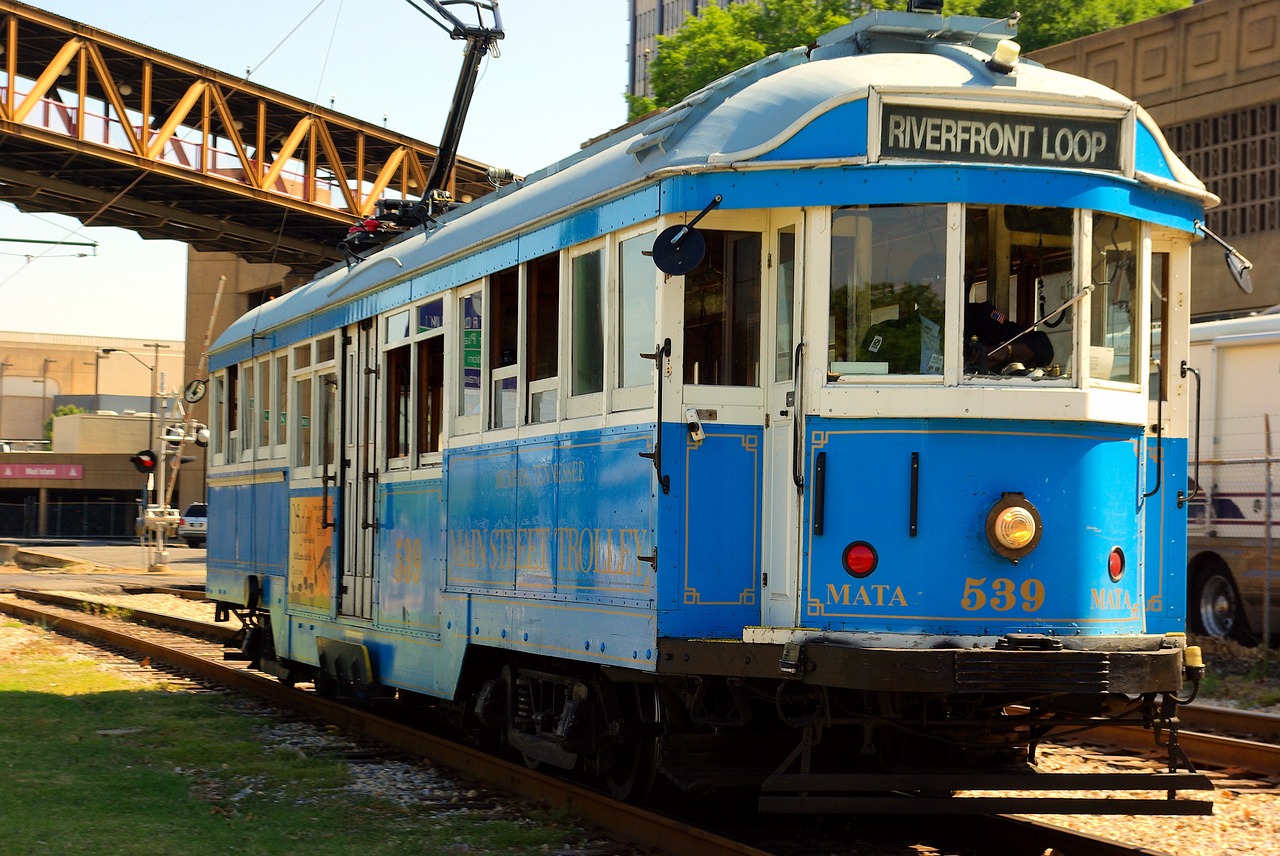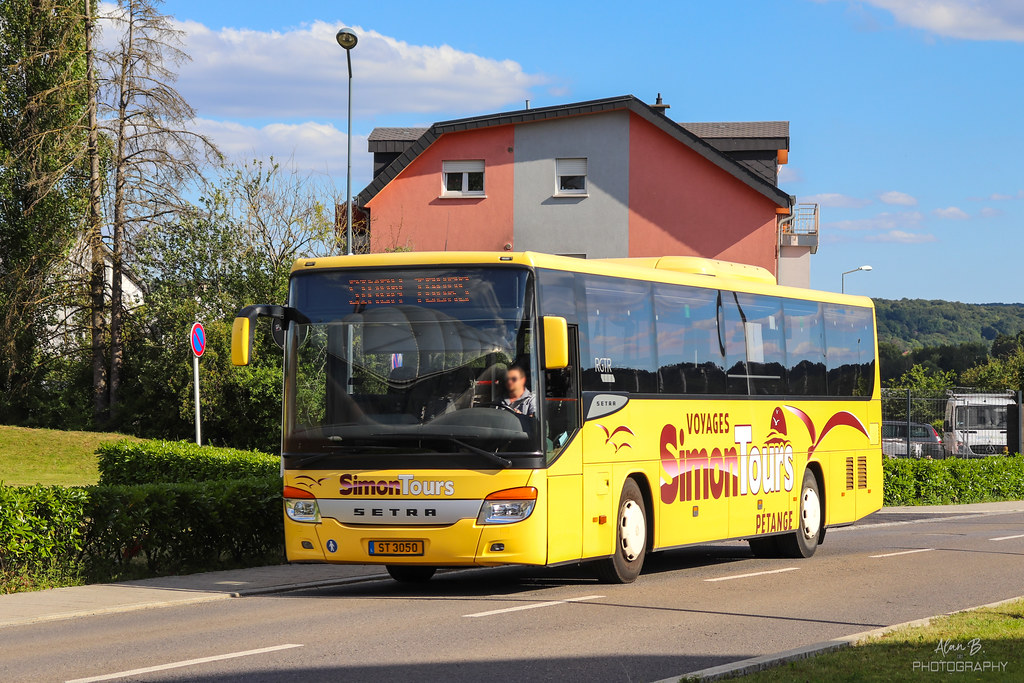The Evolution and Impact of Trolley Vehicle in New York
Trolley vehicle is a major part of New York City’s public transportation system. Because they provide a unique blend of modern convenience and heritage. This article explores the historical significance of New York’s trams. And how they have changed throughout time. With a focus on how they have affected the city’s public transit system.

1. What year was the tram system first planned?
In 1888, Frank J. Sprague gave Richmond, Virginia, the first electric tram car. New York was one of the first big towns to use this idea because it worked so well for its growing city population.
Growth in New York City:
By the late 1800s and early 1900s, trams were a familiar sight on the streets of New York City. The network’s rapid expansion linked different locations and helped the economy grow. Electric lines hanging from the ceiling powered these cars. As they moved along tracks buried in the streets.
You should also read this article “The evolution of trolley cars in the Capital Region”
2. Progress in technology:
The tram system has seen significant technological advancements. That have improved its efficiency and ease of use.
The First Technological Progress:
The first carts were straightforward to spot. Because they had simple electric motors and wooden bodies. Anyway, they were faster and more comfortable than horse-drawn cars for getting around.
Trams and trolleys of today:
With their cutting-edge safety features, ecofriendly operations, and streamlined forms. Modern tram cars are a wonderful example of how far technology has come. Most of the time, these cars have low floors that make them easier to get into. GPS systems that let you track them in real-time. And electric motors that use less energy and pollute less.
Hybrid and Electric Trolley vehicle:
Recently, calls for more ecofriendly. And long-lasting ways to get around cities led to the creation of hybrid. Or battery-powered trolley vehicle. Because these cars have rechargeable batteries, they might be able to drive themselves. So they wouldn’t need normal overhead wiring. This finding makes it possible for tram tracks to go to places. Where running wires above would be too expensive or not practical.
3. Trolley vehicle and How They Change the Way People Get Around Cities:
Trolley vehicle, which is an important part. Of New York City’s public transportation system, has helped the city grow in many ways.

Making Talking Better:
In the past, New York City’s trolley vehicle made it easier for people to get to places. Like businesses, cultural sites, and residential areas. This link between roads has made it much easier to get to services, jobs. And fun activities, which has helped the city’s economy grow even more.
Making traffic jams less of a problem:
Trams ease traffic jams in places with a large population. By replacing individual cars with reliable public transport. This reduces traffic, improves travel times. And reduces the carbon footprint of the city’s transport network.
Making the economy better:
When tram networks are well-developed, they help local businesses. Businesses in places with good public transportation will get more business. Because more people will use trains to get to work every day. Also, property prices tend to go up in areas where public transport is accessible.
You should also read “Special Trucks: Evolution and Importance in Portland”
4. Things to do for restoration and preservation:
Preserving big part of New York’s culture. And historical life is preserving and fixing up old trams.
Importance in the past:
Efforts to protect historic sites have saved many of the train cars that were common in New York City. Keeping these cars in working order not only protects a piece of the city’s past. But also shows how transportation in cities has changed over time.
Plans for Fixing Things Up:
Many museums and clubs in New York repair old tram cars. Often, these projects aim to restore the trolleys to their original condition. This usually means fixing or rebuilding mechanical parts, exterior designs, and wooden interiors. The Brooklyn Trolley Vehicle Museum stands out. Because it restores old trains and stresses how important they are to history.
5. Planning and getting past problems:
There are still many beneficial things about trolleys. But they have a challenging time working in modern towns.

Working with the current transportation systems:
Newer types of public trolley vehicle should work best with trams. Timetables for buses, subways, and passenger trains must all be in sync. And payment systems must all work with all three types of transportation.
Making the infrastructure better:
Trams rely on overhead lines and tracks, which must significant maintenance and improvement. These changes are essential to make sure that tram services are safe and reliable. By putting money into new facilities, trams can work better and be more appealing as a way to get around.
Limits on the Budget:
Lots of different public transport projects are trying to get the same money. Which leaves not much room for tram networks. Obtaining the necessary funds to sustain and expand tram services can be challenging. Particularly in times of financial constraints and shifting government objectives.
6. The State of the World:
Even though this piece is about New York, it’s important to note. That trams are part of a worldwide movement to make city transport more ecofriendly.
6.1 contains examples from all over the world:
Many places around the world have mastered. The art of public transportation with trams. Some examples are San Francisco, Zurich, and Melbourne. The tram system in New York City can learn a lot from. These other places’ examples of what works and how to solve problems.
Learning from Other People:
By looking at what other places have done well. And not so well, New York can make its tram system work better and last longer. Seeing things from a global perspective can help people. From different countries work together. And share knowledge about how to move around in cities.
7. To sum up:
New York’s trams have a bright future, even though they face problems. Like the need for better infrastructure and limited budgets. By using new technology, getting people on board. And looking into what works best around the world. New York can keep building a tram system that will last and serve both locals and tourists.
Trolley vehicle are more than a way to get around. They show New York’s long history of making urban travel sustainable. And its dedication to the future. By maintaining and improving the city’s tram system as it changes. We can make cities better connected, more efficient, and better for the environment.
For more information, click here.



